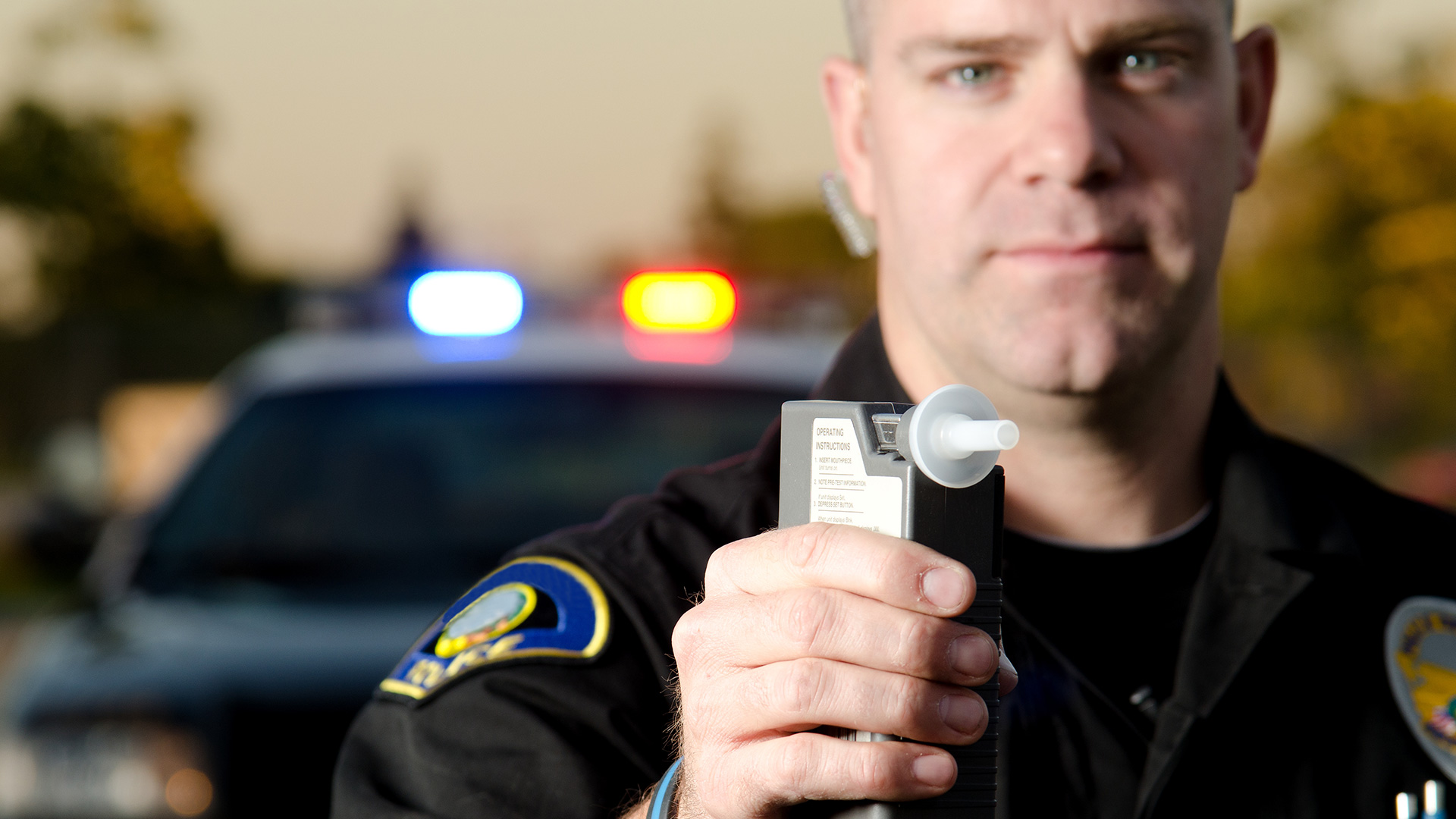
In recent years, the United States has made progress in reducing highway deaths through safer vehicles, roadway engineering, enhanced medical response and data-driven enforcement tactics. However, crashes involving drug-impaired drivers continue to rise throughout the country. In 2016, 44% of fatally injured drivers with known results tested positive for drugs, up from 28% just 10 years prior, according to the Governors Highway Safety Association.
A 2020 study by the National Highway Traffic Safety Administration illustrated the prevalence of injury and fatal crashes from hospital and medical examiner data in five metropolitan areas on the East Coast. Data collected both before and during the COVID-19 pandemic exposed a significant increase of impairing substances, especially in alcohol, cannabis and opioids.
This growing problem requires new strategies to be implemented to help turn this disturbing trend around and save countless lives. We can no longer continue to carry out many of the same traditional approaches and expect different outcomes in the future.
However, technology exists today for reliable roadside drug detection for drivers that can help change the course and deter many from getting behind the wheel after consuming impairing substances that can affect their ability to operate a motor vehicle safely.
Oral fluid (saliva) drug-testing technology is available now and is currently being used throughout the world, including Spain, Canada, Germany and in some U.S. states, including in California, Wisconsin and Alabama.
Several available instruments have demonstrated good efficacy and can screen for several common drugs of abuse. The Michigan State Police recently completed its second pilot phase using the SoToxa Mobile Test System made by the health-care company Abbott, which showed accuracy rates between 87%–96% when compared to oral fluid confirmation samples. Indiana is also in the early stages of a pilot program, which it is rolling out to several agencies across the state.
Several other states across the country include roadside drug testing as a strategy in their respective strategic highway safety plans, including Colorado, Pennsylvania and Wisconsin.
Why oral fluid testing?
Many law enforcement agencies deploy drug recognition experts (DRE) who have specialized training to recognize impairment in drivers under the influence of drugs other than, or in addition to, alcohol. DREs represent only about 2% of all law enforcement officers in the U.S.
Even with more officers being trained in Advanced Roadside Impaired Driving Enforcement (ARIDE), we are still missing too many impaired drivers on our roadways.
Oral fluid testing can help detect the presence of a drug(s) when officers observe articulable facts and circumstances of impairment, which include sobriety tests and other general indicators. However, many of these signs can be dismissed due to admissions of medical problems, sleep deprivation or inexperience. This is where roadside testing can add probable cause — to determine that the impairment is substance driven and allow officers to have the operator further evaluated by certified DREs. This will only increase the demand to have DREs involved and help determine what is causing the impairment and what category(s) of drugs may be involved.
Think of a case where a driver has caused serious injury or death to another and may be injured themselves. Due to the circumstances, there might be the inability to conduct field sobriety tests and make limited observations but have some reasonable suspicions. A roadside test may be the probable cause to continue in obtaining an evidentiary test and continue the investigation, because the window of opportunity is short to be able to obtain an evidentiary test later.
And we cannot overstate the potential impact on deterring drug-impaired drivers from getting behind the wheel in the first place, if they know that law enforcement has the ability to drug test at roadside. This worked well for reducing alcohol-impaired driving with preliminary breath testing instruments utilized at roadside, starting in the 1990s.
Some key benefits to a roadside drug-testing instrument:
- Portability for mobile deployment from almost any type of vehicle
- Easy to use and rapid results within minutes
- Minimally invasive (much more like a breath test)
- Cut off levels are set to detect recent ingestion of drugs
- Stored memory and users have the option to print the results at roadside
If possible, screening should be used in all impaired driving cases, even with suspected alcohol, as there is high prevalence of alcohol combined with other substances. Whether a DUI court model or post adjudication, it is important to effectively treat all substances and not have that individual in a position to reoffend.
It is important to also remember that the arrest decision should be based on facts and circumstances of impairment and not a positive drug test alone. For example, someone could test positive for a benzodiazepine that is prescribed and may not be impaired. All tests should be confirmed by a reputable laboratory whenever possible.
Roadside oral fluid drug testing is reliable; though, as with any diagnostic test, whether administered on the roadside or in a lab, it is not perfect. There can be a few false positives and negatives, which is why observable and articulable impairment is key. And it does not test for every substance, but rather the most common abused drugs law enforcement tends to experience on the highway, such as amphetamine, benzodiazepines, cannabis (THC), cocaine, methamphetamine and opiates.
Legal precedence
In 2015, a judge in Kern County, California, ruled in State v. Salas, Case No. BF153631A (Cal. Kern Co., November 30, 2015, oral order) that a roadside oral fluid testing device using lateral flow immunoassay found that those results were scientifically reliable, satisfying the Frye standard. Although this is one court, it does set some judicial precedence for future decisions.
If your state or jurisdiction does not allow for evidentiary or roadside oral fluid to be obtained, legislation may be required to allow its use.
How to start an oral fluid program
Although the reliability of roadside drug testing has already been established, many agencies are still looking to start a pilot program to demonstrate proof of concept by collecting data from roadside testing instruments and comparing those results to evidentiary oral fluid and/or blood. It is important to make sure that you have the necessary authority obtained, stakeholders and a clear policy of guidelines that will need to be followed. This will also likely require a voluntary consent form to collect the sample from the operator.
There are highway safety grants that can help fund equipment and may be possible through your state highway safety office or other means available for procurement for roadside oral fluid instruments and related costs.
Lives lost and injured due to drug-impaired driving are unacceptable and preventable. Oral fluid testing should be a strong consideration as a strategy in impaired driving that can help in both prevention and enforcement.





